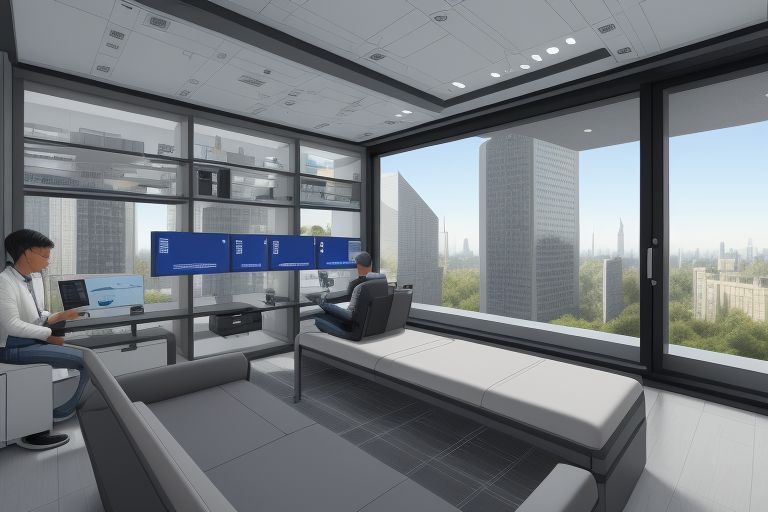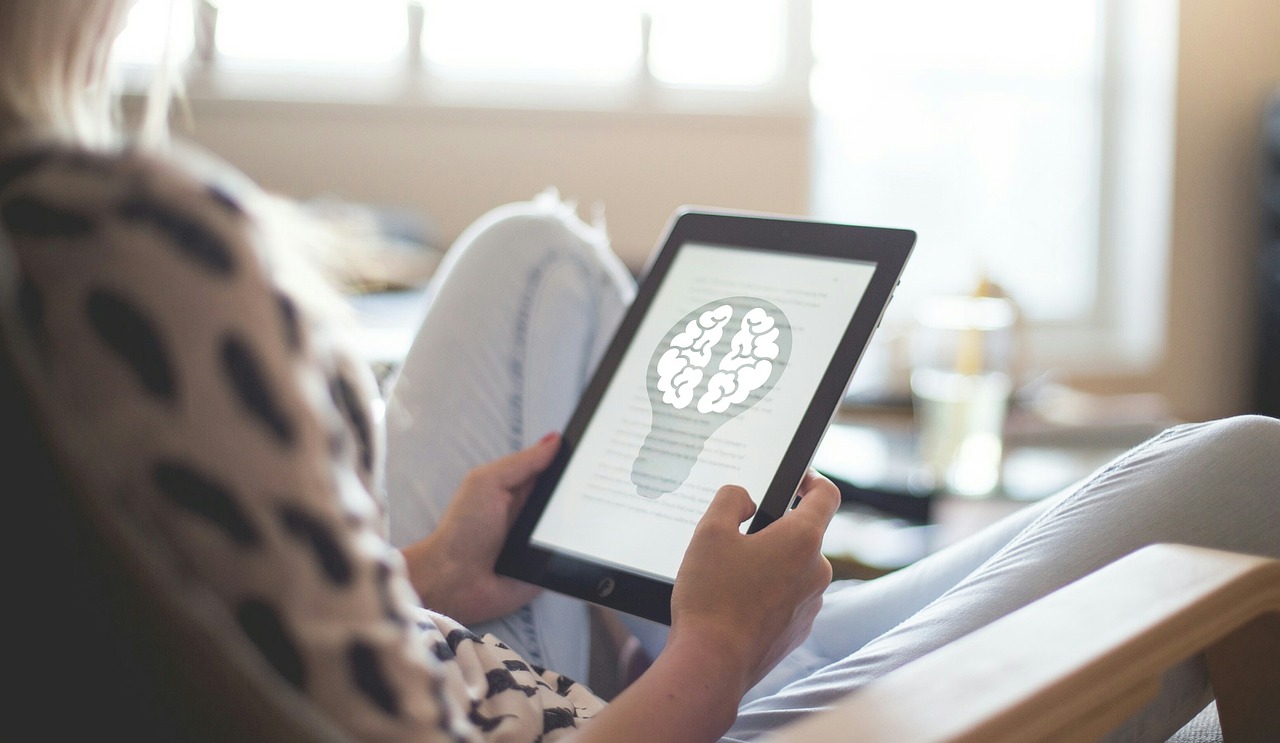Digital twins are revolutionizing the way we approach design, monitoring, and maintenance across various industries, from manufacturing to urban planning and healthcare. This innovative technology involves creating a digital replica of a physical object, system, or process. This replica is not just a static model; it’s dynamic, capable of evolving in real time as its physical counterpart changes. By harnessing data from sensors, historical information, and other sources, digital twins offer a powerful tool for analysis, prediction, and optimization.
Revolutionizing Design
In design, digital twins enable engineers and designers to test and refine their creations in a virtual environment before any physical model is built. This process significantly reduces the time and cost associated with product development, as modifications can be made quickly and cheaply in the digital realm. For example, in automotive design, engineers can simulate the performance of a car under various conditions to optimize its design for fuel efficiency, safety, and comfort without the need for multiple expensive prototypes.
Enhancing Monitoring
For monitoring, digital twins provide a comprehensive, real-time view of the state of a physical asset or system. This is particularly valuable in complex or critical systems, such as aerospace, where continuous monitoring can predict failures before they occur, saving time, money, and potentially lives. In the case of infrastructure, such as bridges or buildings, sensors can feed data into the digital twin, allowing for the continuous assessment of structural integrity and the early detection of issues that might require maintenance.
Improving Maintenance
Maintenance benefits significantly from digital twins through predictive analytics. By understanding the current condition of a machine or system and how it operates over time, digital twins can forecast when a component might fail or when maintenance should be performed. This shift from reactive to predictive maintenance ensures that repairs are only done when necessary, reducing downtime and operational costs. For instance, in the energy sector, digital twins of wind turbines can predict which parts need maintenance, optimizing the scheduling of service crews and reducing the risk of unexpected failures.
Challenges and Future Prospects
Despite their potential, the implementation of digital twins faces challenges, including the need for substantial data collection, concerns over data security, and the requirement for significant computational resources. However, advancements in IoT (Internet of Things) technology, cloud computing, and AI are continually mitigating these challenges, broadening the applicability and efficiency of digital twins.
The future of digital twins is promising, with potential applications expanding into smart cities, where digital twins could manage everything from traffic flow to energy consumption, and healthcare, where they could simulate the response of a patient’s body to various treatments. As technology evolves, the fidelity and utility of digital twins will only increase, making them an indispensable tool in design, monitoring, and maintenance across an ever-expanding range of fields.



